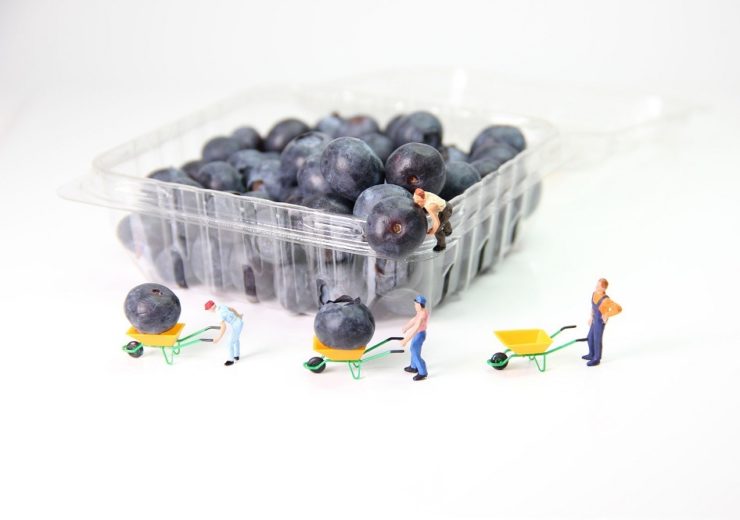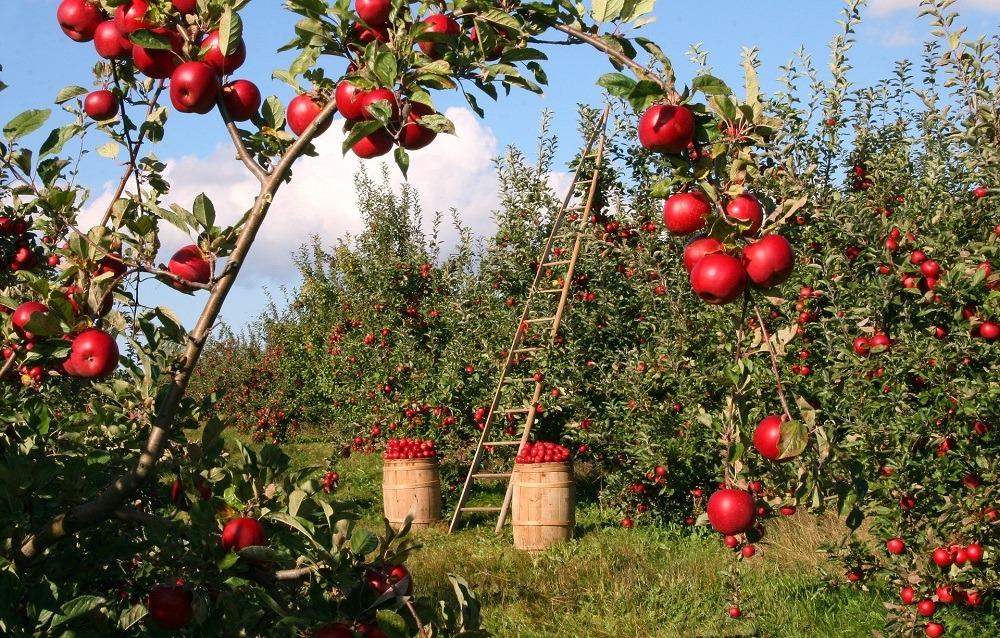The report from the Australian Fresh Produce Alliance found packaging could play a role in cutting the 7.3 million tonnes of food lost in the nation each year

Fresh produce items including raspberries, blueberries and tomatoes were tested with and without packaging to investigate importance of packaging (Credit: Pixabay)
Packaging usage in the fresh produce industry plays an essential role in the reduction of food waste, according to new research commissioned by the Australian Fresh Produce Alliance (AFPA).
The study, carried out by researchers from Melbourne’s RMIT University and eco-design software company Empauer, found it could lessen the estimated 20bn Australia dollars ($13bn) of food wasted or lost in the country every year.
It carried out the research by mapping the lifecycle of ten fresh produce items both with and without packaging, with the results finding its benefits included product protection, extension of shelf-life and the ability to communicate product information.
AFPA CEO Michael Rogers said: “AFPA recognises that consumers are concerned about the level of type of packaging that is used for fresh produce, what this research demonstrates is there are real practical reasons for using packaging for certain types of fresh produce.
“It’s shocking to think that an estimated 7.3 million tonnes of food valued at $20bn Australian dollars is lost or wasted every year in Australia, while rates of obesity are rising due to poor diet and low intake of fresh fruit and vegetables.
“A good example demonstrated by the research is the use of punnets to package berries.
“The environmental impact of the waste generated from damaged, unsellable fruit actually outweighs the impact of utilising the punnet.”
Findings of the Australian Fresh Produce Alliance commissioned report
According to The role of packaging for Australian fresh produce report, an estimated 7.3 million tonnes of food is lost or wasted every year, at a time of growing obesity rates in adults and children in the country due to poor dietary intake of fresh fruit and vegetables.
One area found to be of primary importance relating to the use of packaging is in the country’s cold supply-chain – used when transporting perishable products – ensuring these products go to market.

The study also investigated consumer choices when it came to deciding what to eat, and how this is driven by the areas such as the ability of packaging to retain freshness, packaging size, accessibility to food and visual communication cues.
Visual information is often relied upon by customers to determine the quality and perceived freshness of produce, which in turn influences the decision as to whether to eat the food or to throw it out.
It also highlighted the importance of working to reduce packaging where reasonably possible and the importance of identifying materials to provide greater opportunities for recycling.
The researchers set out a series of recommendations for further investigation, this including the improvement of education for consumers on the role of packaging, and a focus on a circular economic approach to the industry.
Rogers said: “AFPA members are focused on delivering the best quality fruit and vegetables to consumers to ensure all Australians have access to fruit and vegetables as part of a healthy balanced diet and are conscious of meeting this goal in the most sustainable way possible.”
